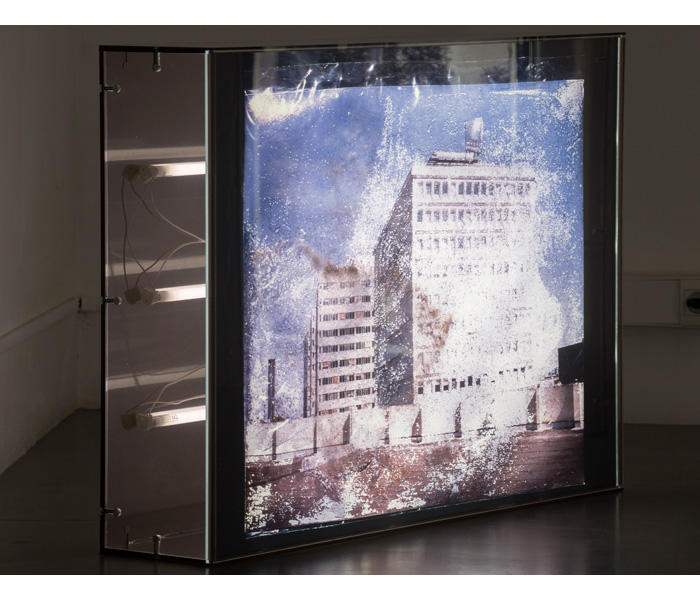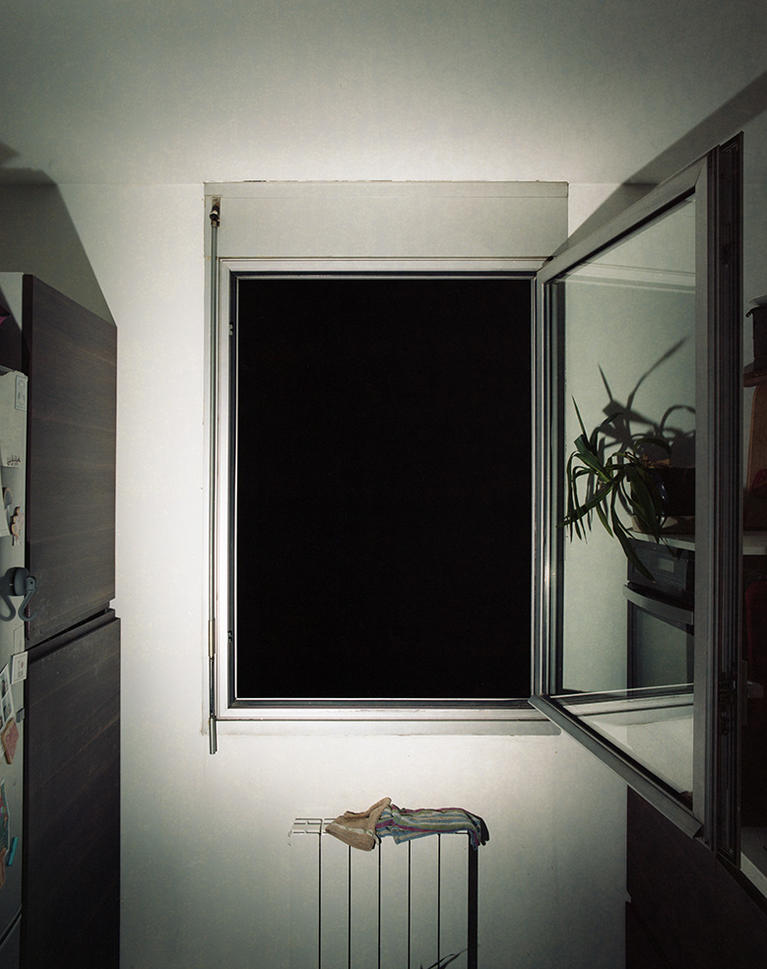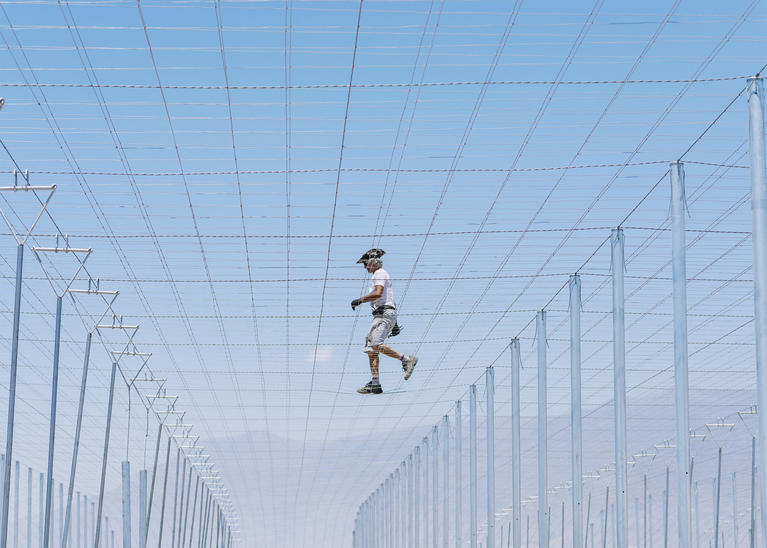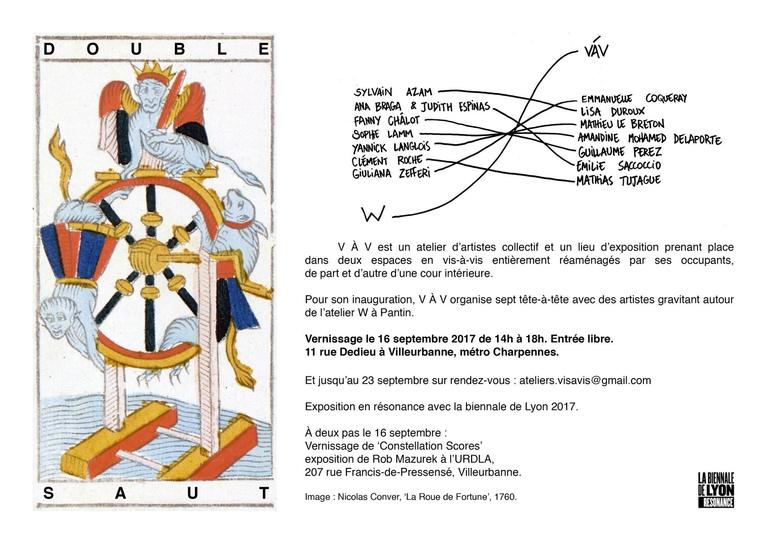Amandine MOHAMED-DELAPORTE

Amandine Mohamed-Delaporte, "24h/24 7j/7", 2017 Photographie issue de la série "Burn out", caisson lumineux, 100 x 70 x 20 cm, plaques de Perspexe fumé bronze, tirage lambda sur Duratrans brillant, néons
Amandine Mohamed-Delaporte - Née en 1986, vit et travaille à Lyon
« La photographie documentaire chez Amandine Mohamed-Delaporte s'affirme comme une base de documentation, de recherche, de captation, puis quelque chose passe outre. Le travail de la lumière n'est plus seulement dans l'image mais sort de cet espace pour montrer, exposer, sculpter.
L'étalement urbain, la planification et ses immeubles modernes, ces espaces que tout un chacun connaît et pratique, sont ses terrains de recherche. Si la première intervention consiste à documenter ces lieux périphériques, son travail se poursuit ensuite à l'atelier où l'artiste expérimente jusqu'à l'installation et la sculpture. Le travail de l'image se détache du mur et descend s'installer au milieu des espaces. Ce sont des images qui prennent corps dans des volumes, des compositions de lumière qui se matérialisent. Ce sont des effets qui, ajoutés à l'image, en sublimant un détail, deviennent le cœur même de ce qu'il y a à voir. […]
Parfois la matière photographiée devient matière tangible de l'œuvre, une tentative d'expérience pleine qui déborde sur elle-même. Une sensation de bâti très forte se forme, l'assemblage s'opère. Utilisées dans leur forme brute, identifiables, le béton, le plâtre, le plexiglas, la gélatine, provoquent un rapport franc, direct, au corps du spectateur. Nous sommes invités à la liberté créée par une malléabilité retrouvée de ces espaces urbains et à ce qui peut s'y développer dans le presque illicite. La technique peut également devenir sujet d'une œuvre à part entière. » […]
Extrait de Diffraction – une pratique photographique expérimentale, Émilie Saccoccio, 2019
___
Amandine Mohamed-Delaporte - Born in 1986, lives and works in Lyon
“At first, Amandine Mohamed-Delaporte’s documentary photography posits itself as a basis for documentation, research, recording – then something else happens. The lighting work no longer only applies to the space of the picture but extends beyond it as a way of showing, exposing and sculpting. Urban sprawl, city planning and modern buildings – spaces that many of us are familiar with – are her fields of research. While the artist’s first intervention is to document these peripheral locations, her work then continues in the studio, where she experiments with her findings to the point of installation or sculpture. Her pictures come down from the walls and take their place in space. They are images that become embodied in volumes; they are materialised compositions of light. There are effects, which, when added to the image to highlight a detail, become the heart of what there is to see. […]
Sometimes, the photographed material becomes the tangible material of the piece, an attempt at experimentation that has boiled over onto itself. A very strong sense of structure arises and the assemblage takes place. Used in their raw and identifiable form, concrete, plaster, Plexiglas and gelatine generate a straightforward, direct relation to the viewer’s body. One is invited to partake in the freedom produced by this regained malleability of urban spaces and in whatever might almost illicitly develop there. Technique can in itself become the subject of a piece.” […]
Excerpt from Diffraction – une pratique photographique expérimentale, Émilie Saccoccio, 2019
Translated by Lucy Pons, 2020
Site internet et réseaux sociaux
Documents d'artistes Auvergne-Rhône-Alpes - Partenariat Centre national des arts plastiques / Réseau documents d'artistes




